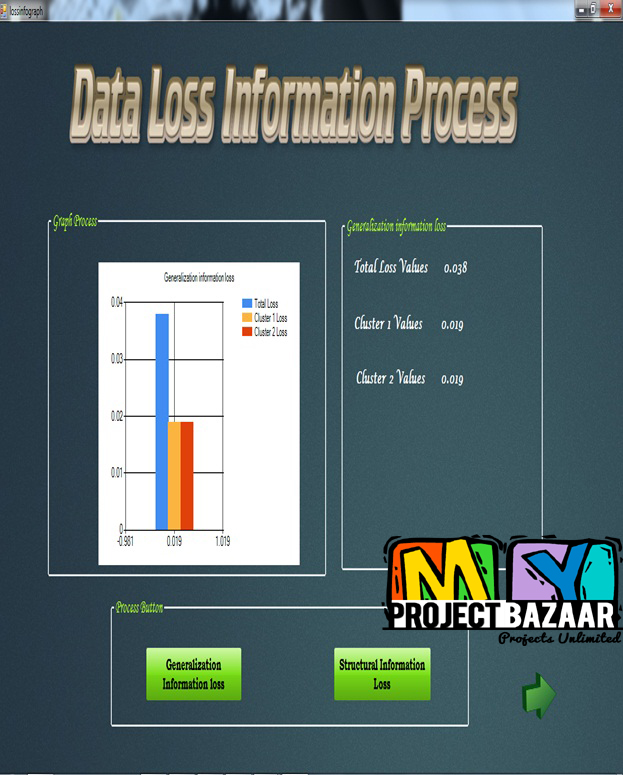
Noise Reduction Based on Partial-Reference, Dual-Tree Complex Wavelet Transform Shrinkage
Product Description
Noise Reduction Based on Partial-Reference, Dual-Tree Complex Wavelet Transform Shrinkage
Abstract—A novel way to reduce noise introduced or exacerbated by image enhancement methods, in particular algorithms based on the random spray sampling technique, but not only. According to the nature of sprays, output images of spray-based methods tend to exhibit noise with unknown statistical distribution. To avoid inappropriate assumptions on the statistical characteristics of noise, a different one is made. In fact, the non-enhanced image is considered to be either free of noise or affected by non-perceivable levels of noise.< Final Year Project > Taking advantage of the higher sensitivity of the human visual system to changes in brightness, the analysis can be limited to the luma channel of both the non-enhanced and enhanced image. Also, given the importance of directional content in human vision, the analysis is performed through the dual-tree complex wavelet transform (DTWCT). Unlike the discrete wavelet transform, the DTWCT allows for distinction of data directionality in the transform space. For each level of the transform, the standard deviation of the non-enhanced image coefficients is computed across the six orientations of the DTWCT, then it is normalized. The result is a map of the directional structures present in the non-enhanced image. Said map is then used to shrink the coefficients of the enhanced image. The shrunk coefficients and the coefficients from the non-enhanced image are then mixed according to data directionality. Finally, a noise-reduced version of the enhanced image is computed via the inverse transforms. A thorough numerical analysis of the results has been performed in order to confirm the validity of the proposed approach.
Including Packages
Our Specialization
Support Service
Statistical Report

satisfied customers
3,589
Freelance projects
983
sales on Site
11,021
developers
175+Additional Information
| Domains | |
|---|---|
| Programming Language |

















